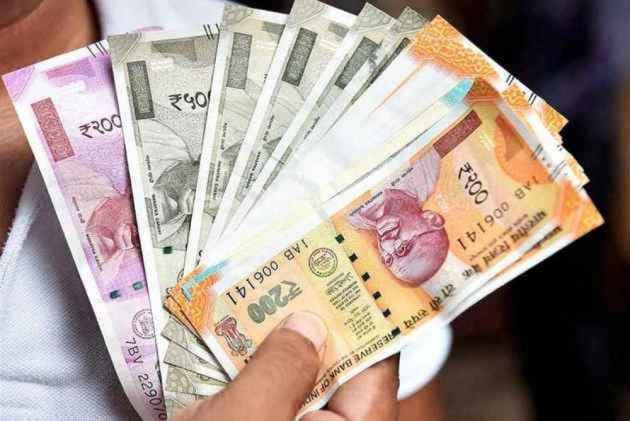The Ministry of Finance has announced that the Senior Citizens’ Savings Scheme (SCSS) will now give a return of 7.6 per cent, or 20 basis points more than the prevailing 7.4 per cent per annum during the October-December quarter of 2022. This follows the recent hike of 50 basis points (bps) in repo rate by the Reserve Bank of India (RBI) on September 30, 2022.
The rate of interest on Kisan Vikas Patra has also been increased by 10 bps to 7 per cent from 6.9 per cent, previously, while the maturity months have decreased by one month (earlier it was 124 months, which has now been reduced to 123 months). The rate of interest on the post office two- and three-year time deposits have also been increased by 20 bps and 30 bps from 5.5 per cent to 5.7 per cent, and from 5.5 per cent to 5.8 per cent, respectively.
So, the question that arises is does it make sense to invest in small saving schemes now?
The SCSS is a government-backed savings scheme for people aged above 60 years, but one can invest only up to Rs 15 lakh per PAN across multiple banks and post offices. So, you can consider investing Rs 15 lakh each in your and your spouse’s name.
Says Hemant Beniwal, certified financial planner and director at Ark Primary Advisors, a financial planning firm: “It is a full debt instrument with zero risks. It offers the security of assured income for the entire tenure of investment. They also come with the option of premature closure. Lastly, the investment can be treated as a deduction under Section 80C.”
Beniwal says that the new rate of interest of 7.6 per cent makes it a good option for those looking at long-term secure investment.
“It is market-linked based on a five-year government bond yield. The interest is paid quarterly, and the interest rate is locked once the investment is made,” adds Beniwal.
Adds Amit Suri, director and CEO, AUM Wealth, a financial services company, “The hike in the interest rate of small savings schemes should be looked at on a serious note, because these interest rates won’t be sustainable for a long period of time. Our presumption is that the interest rates would start reducing one or two years from now. If somebody is booking in their money at these interest rates for a period that is specified in these schemes, it makes a lot of sense. Our advice to people who are in this category is to book their money into these schemes.”
Nitin Rao, head of product and proposition, Epsilon Money Mart, a wealth management firm also agrees. He says that though the rate hikes are marginal, they do offer incentive “to investors to park in money in line with their investment objective and time horizon”.
That said, one should take into account the taxation aspect, as well, as the investor will be taxed on the interest earning according to his/her tax slab.
Says Rajan Sarkar, director and unit head, Anand Rathi Wealth, a private wealth management firm: “If you do not have taxable income, or you are taxed at 10 per cent, you can look at investing in small savings schemes. Most banks provide fixed deposit interest rates a little more than these small savings schemes. Post office monthly income schemes are a good option if someone is looking for monthly income. It’s good for retired investors.”
However, if you fall in the higher tax bracket, it would be better to consider other options.
Investors may also look at the roll-down strategy of a debt mutual fund that holds Government of India (GoI) bonds and state development loan (SDL) papers till maturity, to eliminate the impact of a rising interest rate for investors who stay invested till maturity (five years).
“They can expect a seven per cent pre-tax return if invested till maturity in these papers. Underlying papers will mature within five years of these debt mutual funds. The tax liability is 20 per cent with indexation, provided the investors hold till maturity. It is beneficial to investors who fall in the 20 per cent or 30 per cent tax bracket,” adds Rajan.
Most importantly, one should keep asset allocation in mind. “If you have a shortage of debt in your investment basket, then small savings schemes are a good alternative. For a moderate investor, having around 30-40 per cent mix of small savings schemes, keeping the present situation in mind is reasonable,” says Anant Ladha, founder of Invest Aaj For Kal, a financial advisory firm.




